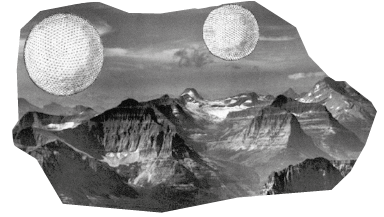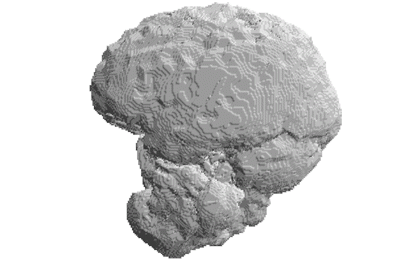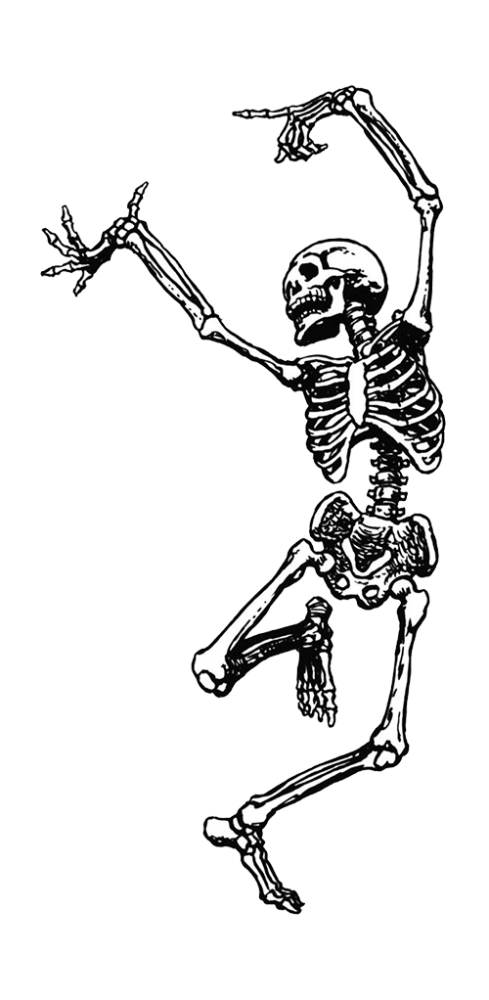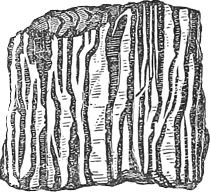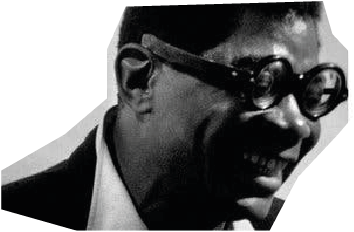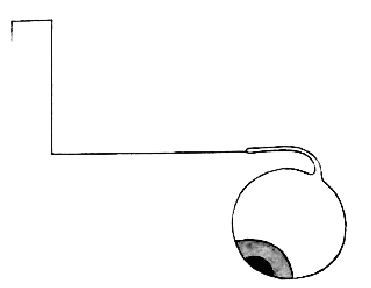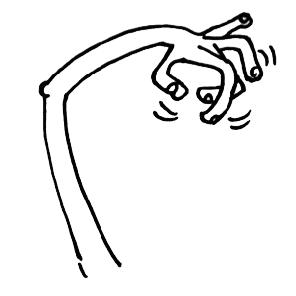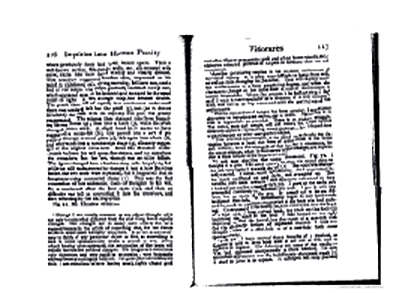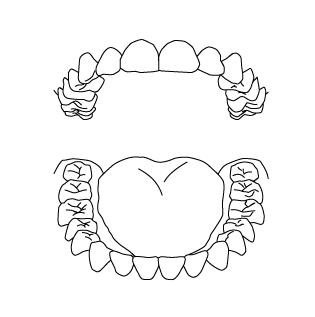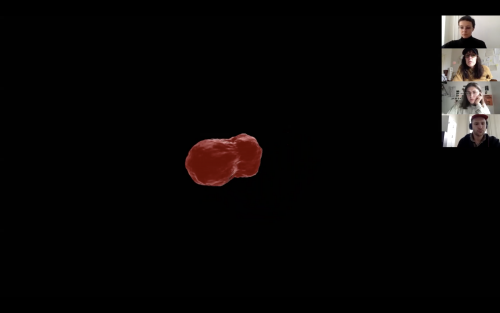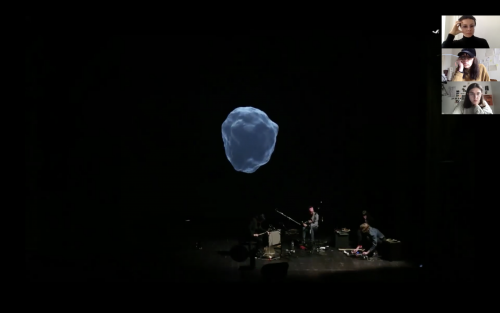Non-knowledge, Laughter and The Moving Image presents: Blob Conversations 4 May 2021
11.00-13.00: Artist Talk/Conversation: Rosa Menkman, Resolution studies and the Im/Possible Image.
14.00-15.00: Talk/Conversation: Annika Larsson/Isabel Gatzke, Thinking with the Moving Image - E.I The Blob
Where: ZOOM to join please email: talks@nonknowledge.org
Rosa Menkman: Resolution studies and the Im/Possible Image
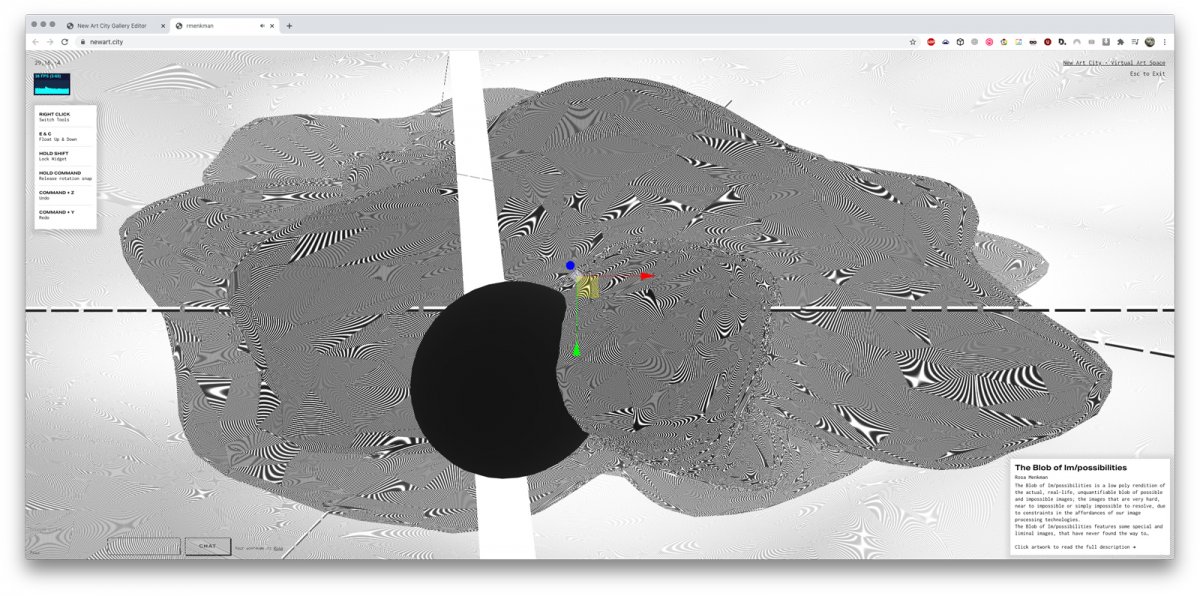
The BLOB of Im/Possible Images - Rosa Menkman
Non-knowledge, Laughter& The Moving Image presents:
Rosa Menkman: Resolution studies and the Im/Possible Image.
04.05.2021
11.00-14.00
Online
Menkman's work focuses on noise artifacts that result from accidents in both analogue and digital media (such as glitch and encoding and feedback artifacts). The resulting artifacts of these accidents can facilitate an important insight into the otherwise obscure alchemy of standardization via resolutions. The standardization of resolutions is a process that generally imposes efficiency, order and functionality on our technologies. It does not just involve the creation of protocols and solutions, but also entails the obfuscation of compromises and the black-boxing of alternative possibilities, which are as a result in danger of staying forever unseen or even forgotten Through her research, which is both practice based and theoretical, Menkman intends to uncover these anti-utopic, lost and unseen or simply "too good to be implemented" resolutions -- to find new ways to understand, use and perceive through and with our technologies.
In 2011 Menkman wrote the Glitch Moment/um, a little book on the exploitation and popularization of glitch artifacts (published by the Institute of Network Cultures), co-facilitated the GLI.TC/H festivals in both Chicago and Amsterdam and curated the Aesthetics symposium of Transmediale (2012). She have also been part of the curatorial team of Sonic Acts (2016-2017). Between 2012-2014, Menkman curated four exhibitions that illuminated the different ecologies in which glitch (art) developed. In 2015 she initiated the institutions for Resolution Disputes [i.R.D.], a solo show at Transfer Gallery New York. The i.R.D. are institutions dedicated to researching the interests of anti-utopic, lost and unseen or simply "too good to be implemented" resolutions. As an undertone, the show featured a showcase of the different complexities in compression (dots, lines, wavelets, blocks and vectors). In follow up exhibitions, Behind White Shadows (2017) and Shadow Knowledge (2020) and Im/Possible Images (2021) Menkman developed and highlighted the politics of resolution setting further, which resulted in a second book titled Beyond Resolution (i.R.D., 2020). In 2019 Menkman won the Collide, Arts at CERN Barcelona award, which came with a 3 month residency that inspired her recent research. From 2018 - 2020 she had a Vertretungs Professorship Neue Medien & Visuelle Kommunikation at the Kunsthochschule Kassel.
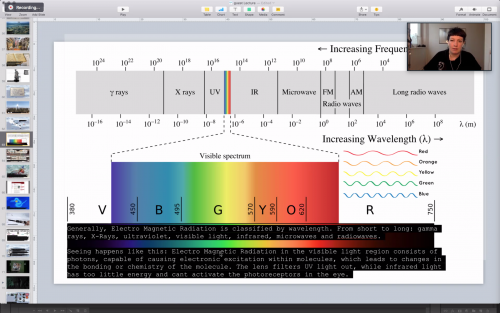
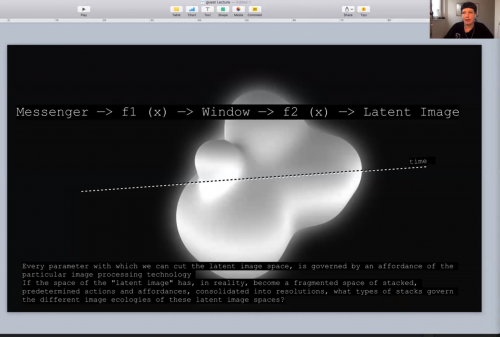
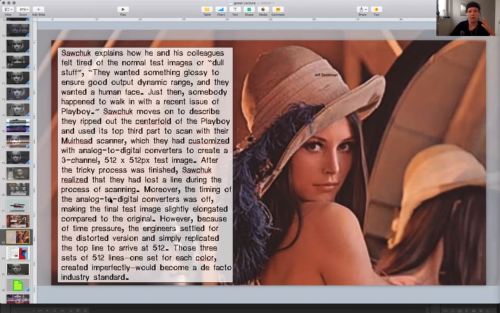
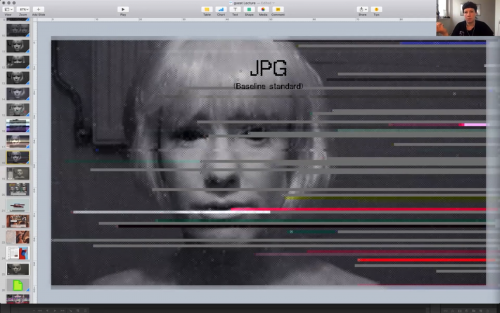
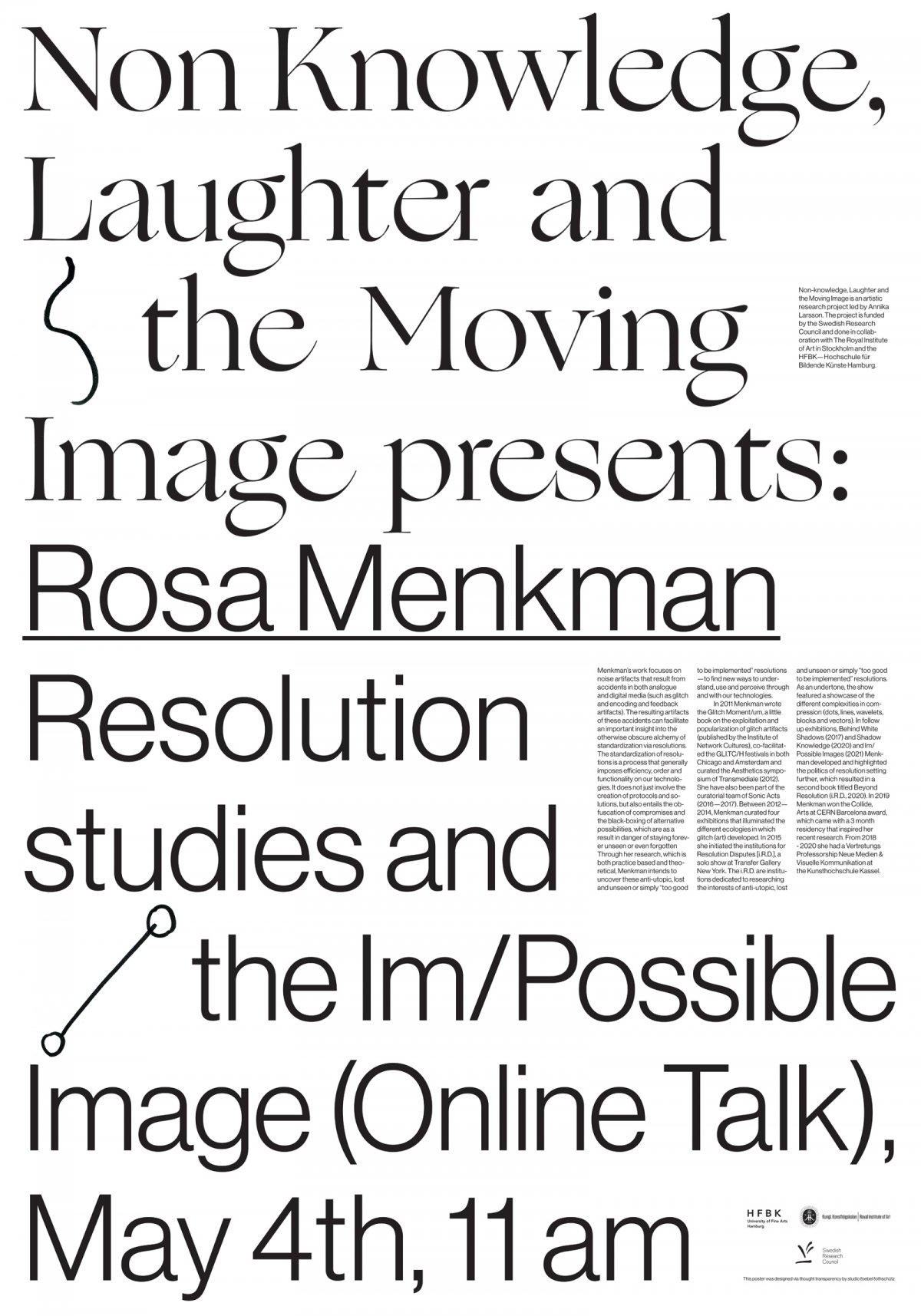
Annika Larsson / Isabel Gatzke: Thinking with the Moving Image - E.I The Blob
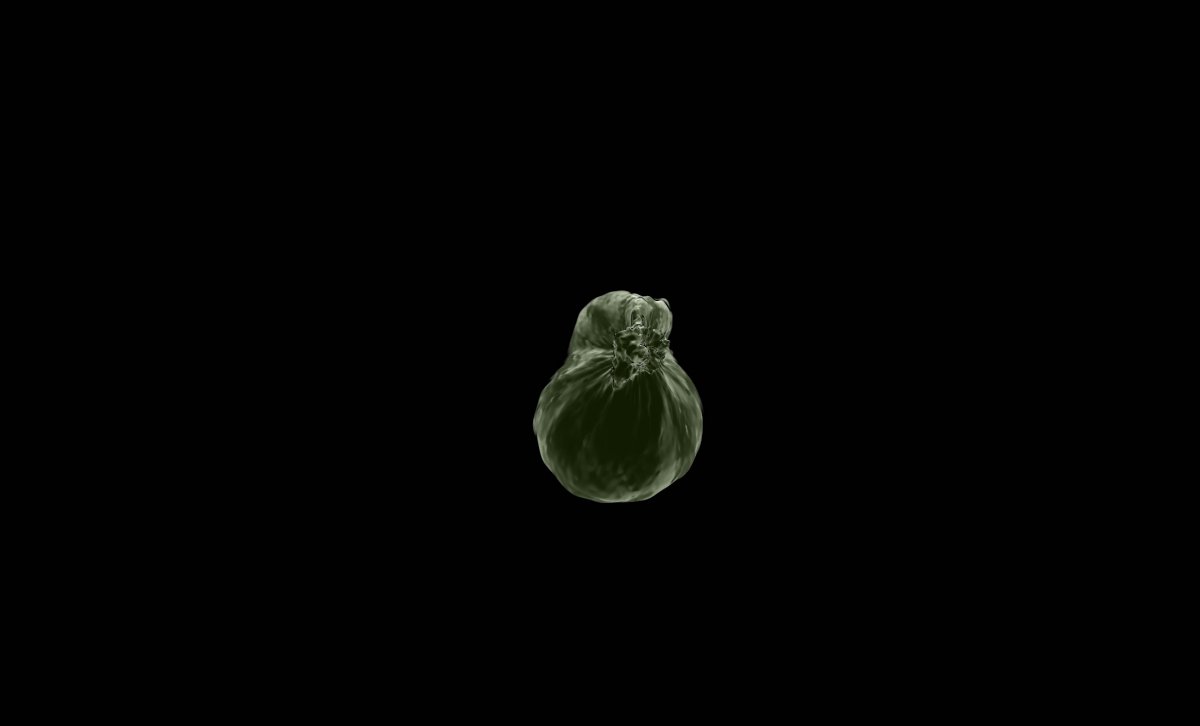
E.I The Blob
Annika Larsson / Isabel Gatzke: Thinking with the Moving Image - E.I The Blob
04.05.2021
Online
What are the challenges for working together across human-non-human boundaries? How could the Laughing Body and the Moving Image, as non-human and non-conscious agencies, challenge our notion of human agency and lead us to other places of power where meaning and matter are intra-twined? What new forms of collaboration emerge when we re-situate ourselves as spontaneously responsive, moving, embodied living beings? Who is making whom, in a reality of continuously intermingling? What new worlds and futures could open up if we accept the possibility of notknowing? When working together with digital machines and systems, how do we challenge their inherited closeness and predictability?
Annika Larsson and Isabel Gatzke will present the ongoing project E.I the Blob, which is an interactive and evolving “image-organism” sensitive to affect and to being affected. Playing a central role in the artistic research project “Non-knowledge, Laughter and the Moving Image” E.I the Blob has allowed us to rethink our relation to the moving image and see it as an “intra-active” vibrant body. E.I the Blob shifts our attention away from the moving image as well as the body as forms of representations, instead moving us towards them as materials of psychic intensities and fields of individuation. Thus, we neither see the moving image and the affective body as tools or a property that we as subjects can control and own, nor do we look at them as separate entities with closed borders that we are studying from outside. Instead we are interested in a research entangled with them where we could learn from and with them, and from where new temporary borders and becomings could emerge.
Annika Larsson is an artist, researcher at Royal Institute of Arts, Stockholm and Professor in Time Based Media HFBK Hamburg. Her research project Non-knowledge, Laughter and the Moving Image (2018-2022) is supported by The Swedish Research Council.
Isabel Gatzke, has a MA in Dramaturgy from the ZHDK in Zurich. Her practice as a dramaturge is mostly based in the field of dance and performance where it is concerned with questions around the moving body, image and sense-making as well as forms of relating to each other that are not structured in a logic of »power over«. She is an research assistant for the artistic research project Nonknowledge, The Moving Image and the Laughing Body.
Non-knowledge, Laughter and the Moving Image is an artistic research project led by Annika Larsson. The project is founded by the Swedish Research Council and done in collaboration with The Royal Institute of Arts in Stockholm and the HFBK-Hochschule für Bildende Künste Hamburg.
Link to talk: https://player.vimeo.com/video/867637388
Introduction - a read dialogue between Annika Larsson & Isabel Gatzke
In the summer of 1997 the Washington Post ran a story with a headline worthy of the National Inquirer: “The Feeding Frenzy of a Morphing ‘Cell from Hell.’” The article describes these devilish micro-organisms this way: “Invisible to both scientist and fish is the creature itself, a bizarre one-celled predator that can appear to transform itself from animal to plant and back again. Called Pfiesteria piscicida
Quote from: Karen Barad, Nature’s Queer Performativity
Do you know what Life is to me? A monster of energy . . . that does not expend itself but only transforms itself.. A play of farces and waves of forces, at the same time one and many . . . ; a sea of forces flowling and rushing together, eternally changing.
Quote from: Friedrich Nietzsche Will to Power
The point is this: an active becoming, a creative not-quite-human force capable of producing the new, buzzes within the history of the term nature.
Quote from: Jane Bennett, Vibrant Matter
(Together with the) desire and need to find and kill a certain “thing that shines and shakes and laughs”.
Quote from: H.P Lovecraft, At the Mountains of Madness
Wildness has conjured anarchy, embodiment beyond identity, zombies, and other forms of living dead. It resides in our past and forms the unknowability of the future still to come. Wildness is neither utopia nor dystopia; it is a force we live with and a way of being that we
are organizing out of existence. If the wild has anything to tell us, it is this: unbuild the world you inhabit, unmake its relentless commitment to the same, ignore the calls for more, and agree to be with the wild, accept the wild, give yourself to the wild, and float or drown in its embrace.
Quote from: Jack Halberstam, Wild things : the disorder of desire
But, obviously, the wild has also served to name the orders of being that colonial authority comes to tame: the others to a disastrous discourse of civilization, the racialized orientation to order, the reifying operations of racial discourse (wild “things”). For this reason, to work with the wild is also to risk reengaging these meanings.
Quote from: Jack Halberstam, Wild things : the disorder of desire
(so let´s) take the risk here because wildness offers proximity to the critiques of those regimes of meaning, and it opens up the possibility of unmaking and unbuilding worlds.
Quote from: Jack Halberstam, Wild things : the disorder of desire
Is it alive?
Quote from: Octavia Butler, Dawn
Yes
What is it?
Quote from: Octavia Butler, Dawn
Laughter that shakes the stable body.
We understand the world better‹,when we tremble with it, for the world trembles in every direction.
Quote from: Edouard Glissant quoted by Paul B Preciado
Buckminster Fuller was told by certain scientists that the fourth dimension was "ha-ha," in other words, that it is laughter. Perhaps it is. ….Laughter is in a sense of kind of entropic "verbalization." The order and disorder of the fourth dimension could be set between laughter and crystal-structural, as a device for unlimited speculation.
Quote from: Robert Smithson, Entropy And The New Monuments
Dear, dear! How queer everything is today! And yesterday things went on just as usual. I wonder if I've been changed in the night?
Quote from: Lewis Caroll, Alice's Adventures in Wonderland
Derrat slegelations, flo goof babereo
Sorash sho dubies, wago, wailo, wailo.
Geed bop nava glid, nava glied, nava
Speerieder, huyedist, hedacaz, ax, 0, 0,
Deeredition, Boomedition, squom, squom, squom,
Dee beetstrawist, wapago, wapago, loco,
locoro, locoes+
Voometeyereepetiop, bop, bop, bop, whipop.
Dearat, shloho, kurritip, plog, mangi, squom pot,
Clopo jago, bree, bree, asloopered, akingo labiop,
Engpop, engpop, boint plolo, plolo, bop bop.
Quote from: Bob Kaufman, Abomunist Manifesto
You make one quite giddy!
Quote from: Lewis Caroll, Alice's Adventures in Wonderland
Are you all right?
Quote from: Tai Shani, Our fatal magic
Those damnable (red) things keep staring and laughing with their tentacles, and sometimes they gesticulate in a way that makes me think they share some terrible joke just beyond my perception.
Quotes from:H. P. Lovecraft, The Road to Madness
It seems very pretty…but it's rather hard to understand! Somehow it seems to fill my head with ideas—only I don't exactly know what they are! However, somebody killed something : that's clear, at any rate….
Quote from: Lewis Caroll, Alice's Adventures in Wonderland
Beware of the Blob
It creeps and leaps
And glides and slides
across the floor
Right through the door
and all around the wall
Quote from: Theme Song to The Blob (1958) directed Irvin Yeaworth
In all of the Blob films, from the 1958 original starring Steve McQueen to the 1988 remake with Kevin Dillon, the alien has no discrete mouth that swallows but instead is a digestive system turned inside out. The blob is all surface, not pictorial or flat, but sticky, thick, and mutable. In virtually every instance, a B-film blob is a gelatinous surface with no depth per se; its interior and exterior are continuous.The shock effect in these films is often generated through the display of partially digested victims suspended within a gelatinous ooze. These blobs are neither singular nor multiple since they have no discrete envelope. Essentially, a blob is a surface so massive that it becomes a proto-object. Gelatinous organisms, like fluids, have no internally regulated shape, but depend on contextual constraints or containment for their form. Although they have minor shaping forces such as surface tension and viscosity, they possess neither a global form nor a single identity.
Quote from: Greg Lynn, Folds, Bodies and Blobs
…even what seems to be a sphere is actually a blob without influence; an anexact form that merely masquerades as an exact form because it is isolated from adjacent forces.
Quote from: Elvia Wilk with Jenna Sutela, Slime Intelligence
a taxonomic group reserved for ‘everything we don’t really understand.’
Quote from: Karen Barad, Nature’s Queer Performativity
Did you just flash me?
Don’t be vulgar!
Quote from: Tricias Wedding, with The Cockettes written by Kenneth Ansloan
My mistake!
Quote from: Tricias Wedding, with The Cockettes written by Kenneth Ansloan
What (we) do (here) is obviously very impure. (We) don't re-enact other texts, (We) directly appropriate: (We) directly and bluntly use these other experiences which aren't" (ours).”Only they’re (ours) because (we)’ve read them. Or heard them, etc. This is part of what it is to be human: to realize that one can't see from the perspective of absolute morality, be it even a literary morality.
Quote from: Kathy Acker, Paragraphs
well…research is a dirty word.
Quote from: T-shirt print from Berlin Biennale 2020 - the crack begins within
Yes, lets open up for another type of introduction here.But first we just want to quote the thinkers and writers whose words we used this dialogue that you all just heard.



